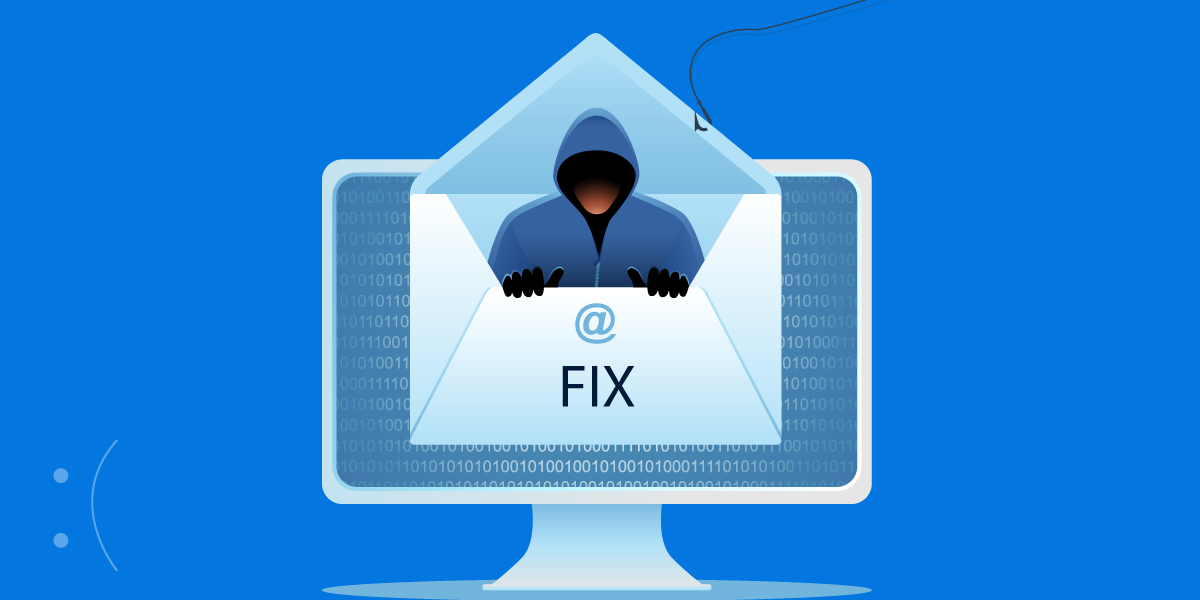CrowdStrike recently encountered significant challenges when a Falcon sensor update led to widespread IT disruptions on Windows devices. This incident created an unexpected opening for threat actors to exploit, allowing them to distribute the Remcos Remote Access Trojan (RAT) disguised as a hotfix. This blog delves into the methods used by these malicious actors, the specific attack chain involved, and the strategies organizations can implement to safeguard against such threats.
The Incident: CrowdStrike’s Flawed Update
Background of the Update
CrowdStrike’s update aimed to target newly observed malicious named pipes used by common command-and-control (C2) frameworks. However, the update triggered a logic error in devices running Windows 7.11 and above, leading to system crashes and widespread disruptions.
Exploitation by Threat Actors
Amid the chaos caused by the flawed update, threat actors launched a campaign to distribute the Remcos RAT. They leveraged phishing emails and fake CrowdStrike domains to distribute a malicious ZIP archive named “crowdstrike-hotfix.zip.”
The Attack Chain
Distribution Method
- Phishing Emails: Attackers reportedly sent phishing emails posing as CrowdStrike representatives. These emails contained links to download a ZIP file purportedly containing a hotfix to resolve the BSOD errors caused by the update.
- Fake Domains: Several typosquatting domains were reportedly created to impersonate CrowdStrike and distribute the malicious files. Examples include crowdstrikefix.com and crowdstrikeupdate.com.
Contents of the Malicious ZIP Archive
The ZIP archive contained:
- Hijack Loader (DOILoader or IDAT Loader): A malware loader designed to evade detection.
- Remcos RAT Payload: The final malicious payload executed by the loader.
- instrucciones.txt: A text file with Spanish instructions urging targets to run “setup.exe” to resolve the issue.
Execution of the Attack
- Running the Executable: Users were instructed to run “setup.exe,” which initiated the Hijack Loader via DLL search-order hijacking.
- Loading Remcos RAT: The Hijack Loader then loaded and executed the Remcos RAT payload, giving attackers remote access to the compromised systems.
Impact of the Attack
Widespread Disruption
The attack has led to significant disruptions across various sectors, including financial institutions, healthcare, and transportation. The malicious activity was primarily targeted at Latin American (LATAM) customers, underscoring the widespread impact and the need for heightened security measures.
Data Breaches and Malware Infections
The installation of Remcos RAT allowed attackers to steal sensitive data, monitor user activities, and potentially install additional malware. The fake updates and phishing campaigns significantly increased the risk of data breaches and malware infections.
Recommended Mitigation Strategies
Strengthen Email Security
- Spam Filters: Implement robust spam filters to block phishing emails.
- Email Authentication: Use SPF, DKIM, and DMARC to verify the authenticity of emails.
- User Training: Educate employees on recognizing phishing attempts and the dangers of opening suspicious attachments or links.
Verify Update Integrity
Verifying digital signatures on update packages ensures the integrity of updates and can prevent the installation of tampered files.
Secure Communication Channels
Encrypt communication channels between endpoints and update servers using protocols like TLS (Transport Layer Security) to protect data transmitted during the update process.
Regular Security Audits
Regular security audits and vulnerability assessments should be conducted to identify and patch weaknesses in the update mechanism. This proactive approach will provide reassurance about the robustness of your system’s security.
Endpoint Protection
Monitor endpoint activity and identify suspicious behavior using advanced endpoint detection solutions. Endpoint security strengthens enterprises by swiftly identifying and neutralizing malware before it can infiltrate the network while continuously monitoring devices for suspicious activities to prevent potential breaches. This proactive defense mechanism is essential for maintaining the integrity and security of organizational data and operations.
By following these strategies, organizations can enhance their defenses against hijack loader attacks, ensuring their systems remain secure and resilient against advanced cyber threats.
Conclusion
Exploiting CrowdStrike’s flawed update to distribute Remcos RAT highlights the critical importance of securing software update mechanisms. Organizations can protect themselves from similar incidents by understanding the methods used by threat actors and implementing robust security measures. Staying vigilant and proactive is essential in maintaining a secure digital environment.











